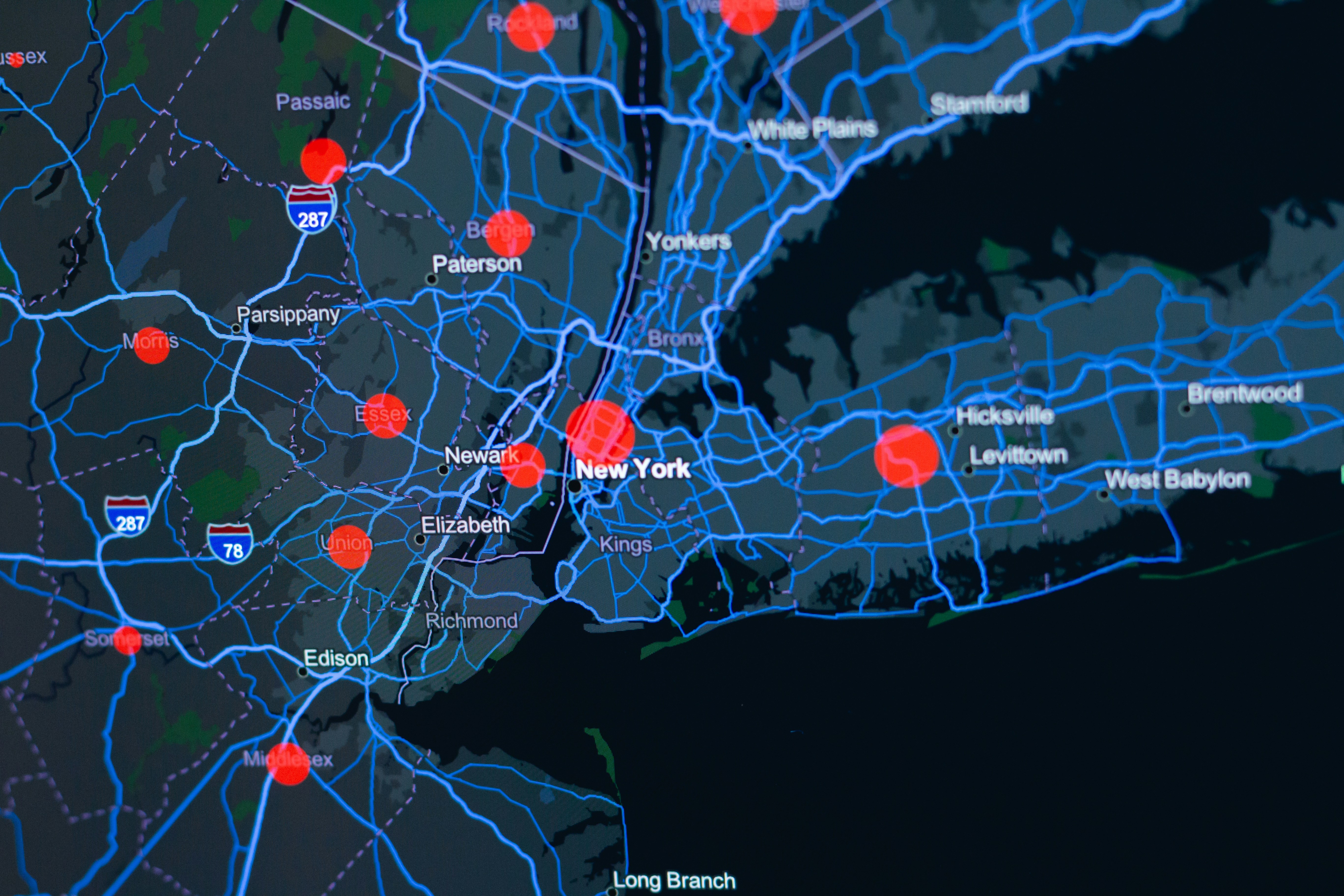Field of Membership Expansions During 2022Q1
Discover credit union field of membership expansion trends across the first quarter of 2022 broken down by charter type and potential members added.


An analysis of FOM expansions, their types and potential members added during the first quarter of 2022.
Each quarter, the National Credit Union Administration’s (NCUA) Office of Credit Union Resources and Expansion publishes data on changes in federal credit unions’ (FCU) fields of membership (FOM), whether via expansion, conversion, or merger. The Merger Activity and Insurance Report includes both a broad industry overview and detailed data on individual credit unions, which often reveals the outsized role of a few institutions.
As the NCUA notes in its Quarterly Data Summary Report, these 2022 first quarter expansions helped to lift the total number of actual members of federally insured credit unions in the US to 131 million, an increase of 5.3 million from March 2021 and of 1.4 million from December 2021.
Background
At the federal level, fields of membership (often also called charters) may be classified as (1) community, or residentially-based, charters; (2) single common bond charters (SCBs), either occupational or associational; or (3) multiple common bond charters (MCBs), which may combine either or both occupational and associational common bonds.
Community charters may, within some constraints, expand the geographic size of their FOMs. SCBs may expand their FOMs by adding other single common bonds (commonly called Select Employee Groups (SEGs)), thereby becoming MCBs. In turn, multiple common bond credit unions may also add further SEGs and, very importantly, underserved areas.
FCUs may convert across community, SCB, and MCB charters. In doing so a newly converted community charter would give up its field of membership outside of its geographic FOM. Similarly, an FCU abandoning a community charter would give up its geographic FOM in exchange for its adopted SEGs. Conversions do not affect current members, who are protected by the “once a member, always a member” rule.
Community Charter Expansions and Conversions
The first quarter of 2022 saw eight FCUs expand their existing community charters and four convert into community charters. Together, they added 5.7 million potential members.
The eight community charter expansions accounted for the majority of these additions, totaling 4.5 million potential members, with an average of 563,553 and median of 304,568 across additions.
Of particular note, Aberdeen Proving Ground FCU, based in Aberdeen, Maryland, added a core-based statistical area (CBSA) with over 1.8 million potential members. This was the only CBSA added, as the seven other expansions were rural district additions.
The four FCUs that converted to a community charter added rural districts to their FOMs, together adding 1.2 million potential members, with an average of 299,485 and median of 359,761 across additions. Palco FCU, based in Muncy, Pennsylvania, added the most potential members (439,239) through a rural district consisting of eight neighboring Pennsylvania counties.
By comparison, during 2021, 47 FCUs expanded their community charters, adding 31.1 million potential members, with an average of 661,517 and median of 553,740 across additions. Also, seven FCUs converted into community charters, adding 5.6 million potential members with an average of 806,538 and median of 374,264 across additions.
Select Employee Groups
During the first quarter of 2022, SEG additions by SCBs were rare and resulted in very few additional potential members. In particular, two occupational SCBs added three SEGs, totaling 841 potential members, with an average of 280 and median of 350 across SEGs. The two groups added by Wakefern FCU, based in Elizabeth, New Jersey, made up the lion’s share of potential member additions, accounting for 97%.
In 2021, SEG additions by SCBs were also rare and resulted in few additional potential members with a sole credit union—also Wakefern FCU—adding one occupational group with 8,000 potential members.
During the first three months of 2022, MCBs added far more SEGs and potential members than SCBs, with nine institutions adding nine separate select employee groups (six associational; three occupational) for a total of 563,125 potential members. On average, associational SEGs add substantially more potential members than occupational SEGs. The six associational groups averaged 80,771 per group with a median of 23,557 compared to the 26,167 average and median of just 5,000 for the three occupational groups.
By far the largest group was added by JSC FCU (since re-named Wellby), based in Houston, Texas, whose associational addition, consisting of “employees and voting members of American Consumer Council,” added 323,712 potential members.
By comparison, in 2021, 33 MCBs added 42 select employee groups to their FOMs, for a total of 4.8 million potential members, with an average of 114,369 and median of 10,284 per group.
In 2021, there were a similar number of additions of associational (22) and occupational SEGs (20). However, associational SEGs again added far more potential members, accounting for over 95% and totaling 4.6 million, with an average of 208,152 and median of 69,493 per group. Occupational SEGs added just 224,136 potential members, with an average of 11,207 and median of 6,750 per group.
Underserved Areas
During the first quarter of 2022, five MCBs added a total of ten underserved areas. (Again, only multiple common bond credit unions may use additions of underserved areas to expand their FOMs). Together, these institutions added 6.3 million potential members, with an average of 626,804 and median of 500,423 across areas.
These quarterly levels are broadly comparable with the previous full year, which saw 31 FCUs add 40 underserved areas to their FOMs to add 23.1 million potential members, with an average of 578,072 and median of 355,108 across areas.
Two MCBs each added more than one million potential members to their FOMs, accounting for over 85% of the total for underserved areas during the first quarter of 2022. Bragg Mutual FCU, based in Fayetteville, North Carolina, added two in-state underserved local communities with a total of 1.4 million potential members.
CBC FCU, based in Oxnard, California, added four areas—one single political jurisdiction, one combined statistical area (CSA) and two rural districts, all within its home state—to add just over four million potential members. Of these areas, the CSA yielded the highest number with 2,496,967, making it the largest undeserved area addition ever recorded by the NCUA in terms of potential members, just narrowly beating AMOCO FCU’s addition of 2,495,020 in 2021.
Takeaway
The data for the first quarter of 2022 show that, regardless of charter, there are options available for credit unions to expand their fields of membership and grow. Also evident is the enormous potential in adding underserved areas, which led the way in terms of total, average and median additions of potential members for the quarter. Recent data also highlight the versatility of the multiple common bond charter, which allows for both underserved area and SEG additions.
To learn more about the FOM expansion options available to your credit union, visit our field of membership page or reach out to our consulting team today!
Field of Membership Expansion













.png)





.png)



.png)



















































